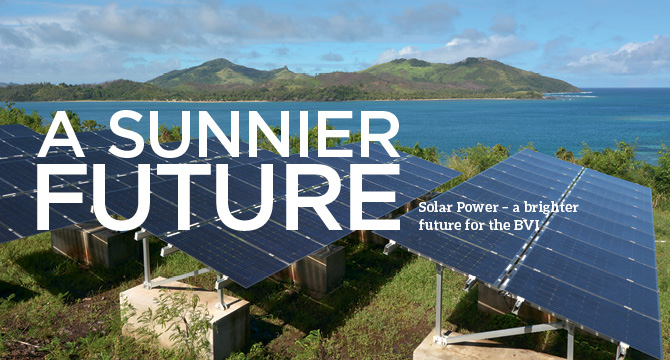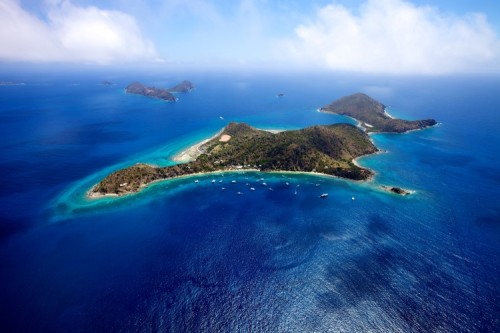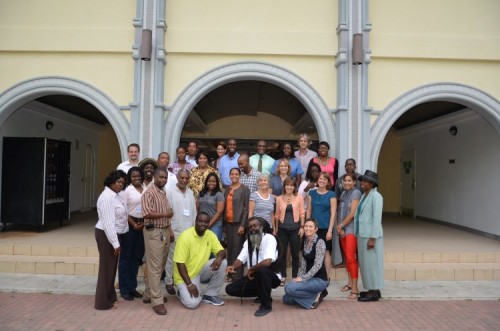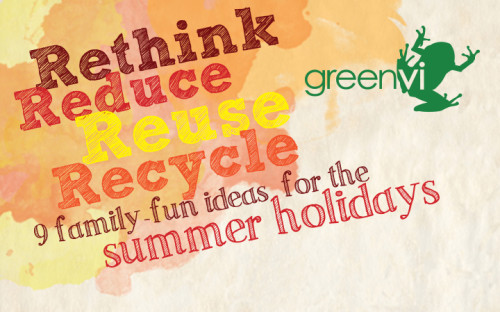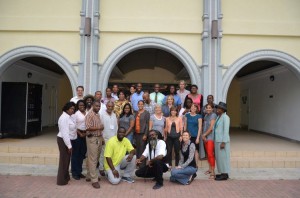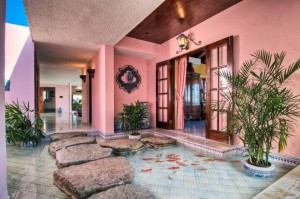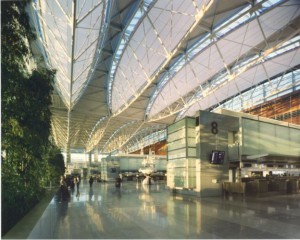For several decades, solar power represented a frustrating paradox in the British Virgin Islands. Sunshine was and is the Caribbean archipelago’s single-most inexhaustible resource, delivered en masse on the never-ending stream of clear and bright days that help make the territory such a desired tourist destination. But successfully harnessing that resource requires large-scale adoption of solar technology – technology that for a long time didn’t have the infrastructural or regulatory support necessary to be an affordable choice on these isolated islands.
That’s on the cusp of changing, however. As the territory looks to expand and adapt its power sources to better confront the destructive challenges of climate change, homeowners and prospective homeowners could have more financial incentive than ever to look to solar power.
Background
For a long time, relying on residential solar power was actually illegal in the BVI.
A1979 ordinance from BVI Electricity Corporation banned the installation solar-power systems anywhere a connection to the main electrical grid was available. The only exception? Using solar as a back-up power source, like a portable generator.
Residents eventually pushed back against that anti-solar stance, putting together a 1500-signature petition in 2013 calling on the BVI government to allow renewables to be interconnected to the territory’s main electrical supply.
Lawmakers responded, amending the original legislation’s writing in 2015 to allow residents to generate solar power and sell excess amounts back into the grid in a process known as “net billing.” However, in the three years that followed, that process – designed to incentivize renewable energy – technically remained illegal, since lawmakers failed to pass follow-up regulations outlining how it should work in practice.
While renewable energy power production companies did install solar systems in certain homes, businesses and resorts in the BVI, the lack of overall incentives kept solar technology from being adopted on territory-wide levels, and lawmakers seemed to be in little hurry to do anything about it. After disaster struck two years ago, however, that changed.
Rebuilding stronger
In late 2017, Hurricane Irma’s infrastructure-crippling destruction served as a rallying cry for those who’d been advocating for the development of renewable and resilient power sources in the BVI.
Policy experts, business figures and individual residents pointed to the BVI’s taxing, multi-month process of restoring central power as evidence of the need for alternative, resilient sources of energy throughout the territory.
“As we look at the road ahead and our reconstruction, I have had the chance to speak with many residents that are keen to see us rebuild, but rebuild more sustainably,” then-Premier Dr. Orlando Smith acknowledged in a speech a month after the record-setting hurricane. “I have listened to many of you expressing your desires for us to make the switch from being powered by fossil fuel to greener forms of energy such as solar and wind.”
A little more than a year after the storm, the House of Assembly passed the needed regulations, and this March, the BVIEC invited customers to apply for permission for a “small-scale renewable energy interconnection.”
Some organisations have already utilized the progress: Green VI, a nonprofit dedicated to promoting sustainability in the territory, installed solar panels on the Youth Empowerment Project building in East End. They’re currently awaiting approval from the government to tie the panels into BVIEC’s grid for net billing, according to Charlotte McDevitt, Green VI’s executive director. Ms. McDevitt has called on the government to further incentivise sustainability by exempting renewable technologies from import duty.
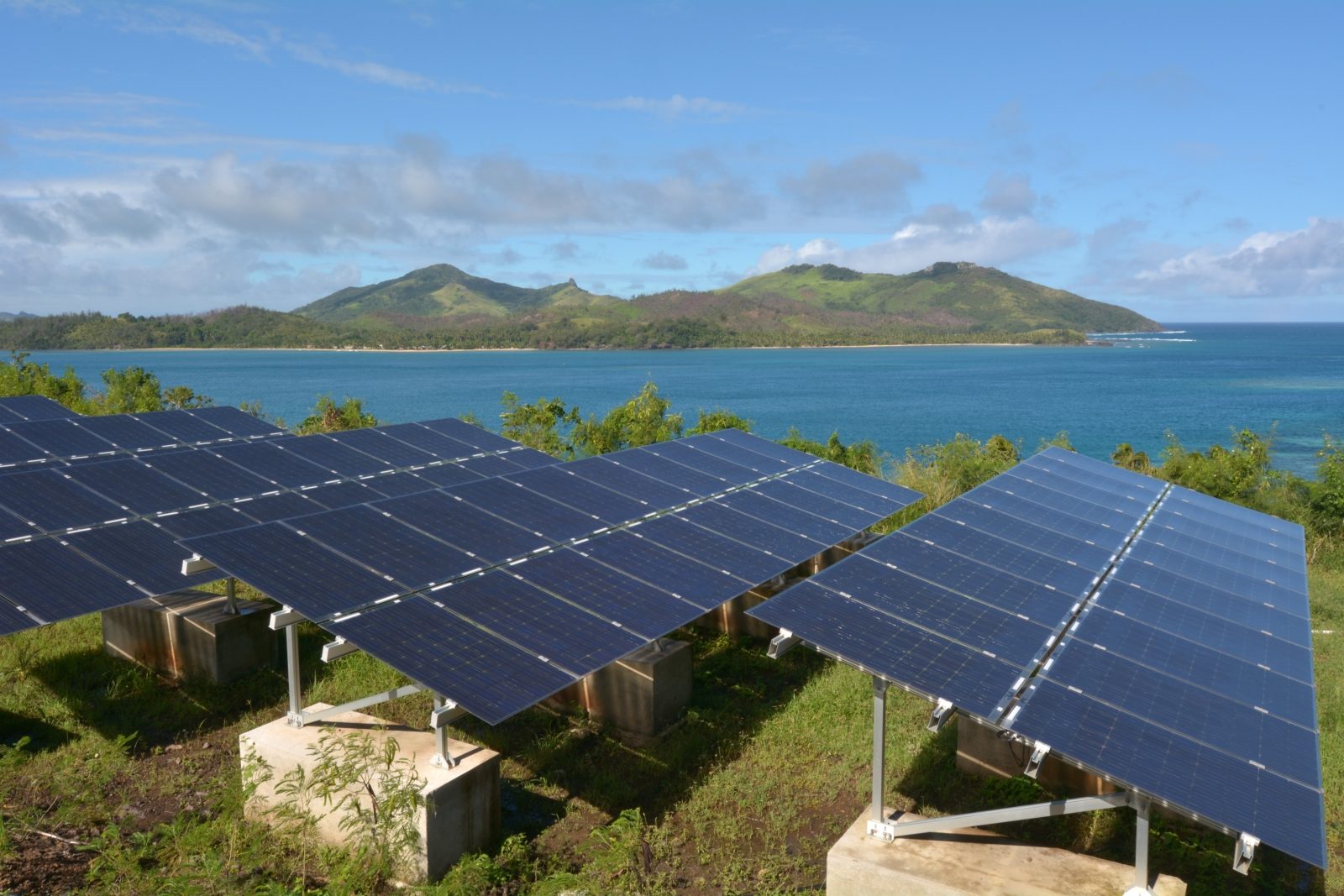
Installation
Homeowners interested in installing solar power systems should take the time to evaluate their options.
The Solar Energy Industries Association, a solar trade association in the United States, recommends consulting with a solar professional about your property. According to the SEIA, a professional should be able to calculate the amount of sunlight a system on any given roof can expect to receive.
The association also recommends that homeowners do the proper amount of homework on any company they’re considering hiring to install the system. They should find out clear answers on how much a system will cost, how much more it will cost to add energy storage, how much energy the system will generate, and how much money they can expect to save after the installation.
Additionally, the SEIA suggests figuring out whether a prospective system will be covered by a production guarantee that assures you receive a minimum amount of power each month or year. They also recommend asking what will happen to the system if there’s a blackout – advice that’s all the more pertinent in the Caribbean, where blackouts are common occurrences.
For homeowners that do end up installing solar systems in the BVI, it would be wise to clean them semi-regularly. The SEIA recommends that anyone living near the ocean clean their system with distilled water once per year since marine mists can leave salt deposits that can hamper effectiveness.
[ts_fab]
